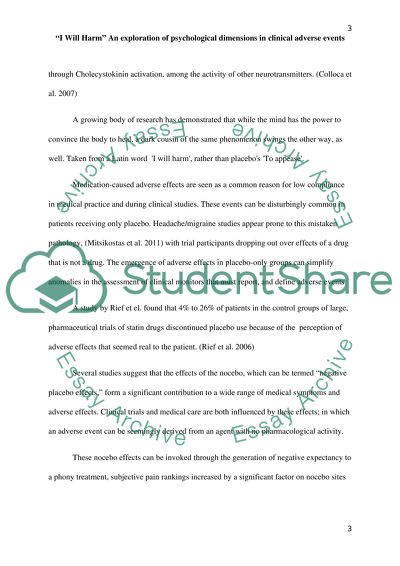Cite this document
(“Pain treatment and resolution Research Paper Example | Topics and Well Written Essays - 1250 words”, n.d.)
Retrieved from https://studentshare.org/health-sciences-medicine/1428596-pain-treatment-and-resolution
Retrieved from https://studentshare.org/health-sciences-medicine/1428596-pain-treatment-and-resolution
(Pain Treatment and Resolution Research Paper Example | Topics and Well Written Essays - 1250 Words)
https://studentshare.org/health-sciences-medicine/1428596-pain-treatment-and-resolution.
https://studentshare.org/health-sciences-medicine/1428596-pain-treatment-and-resolution.
“Pain Treatment and Resolution Research Paper Example | Topics and Well Written Essays - 1250 Words”, n.d. https://studentshare.org/health-sciences-medicine/1428596-pain-treatment-and-resolution.


